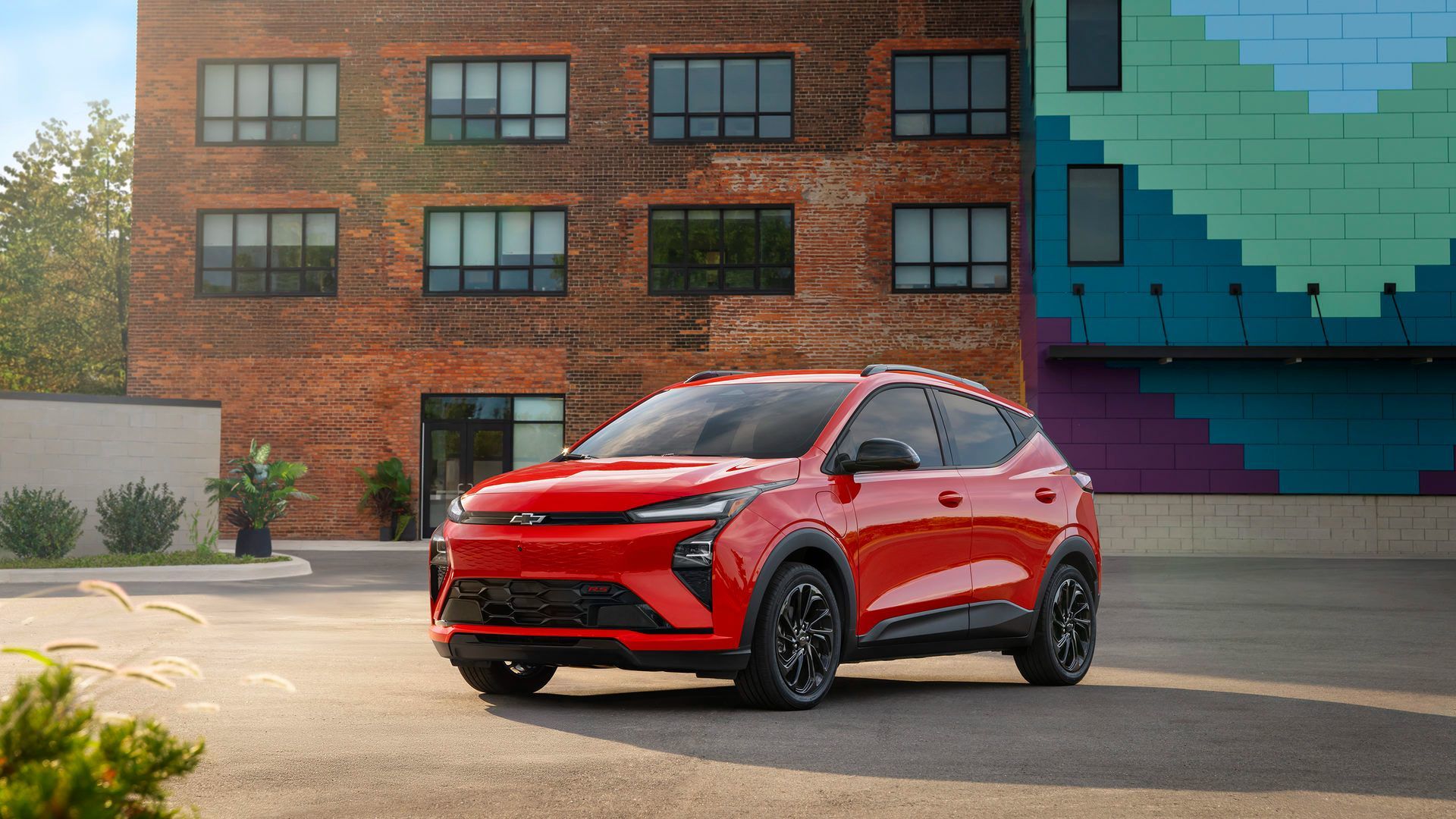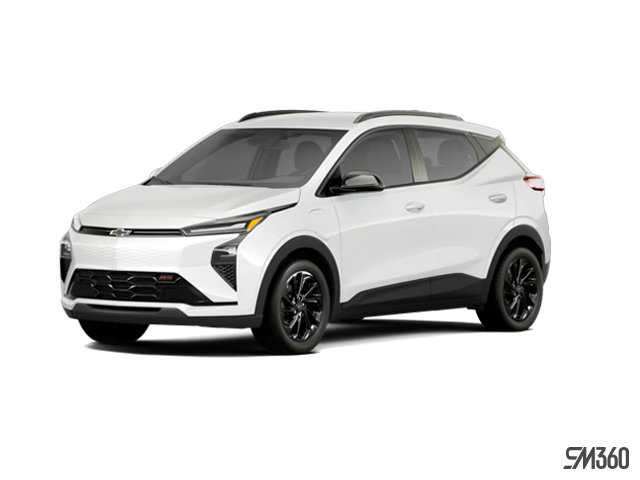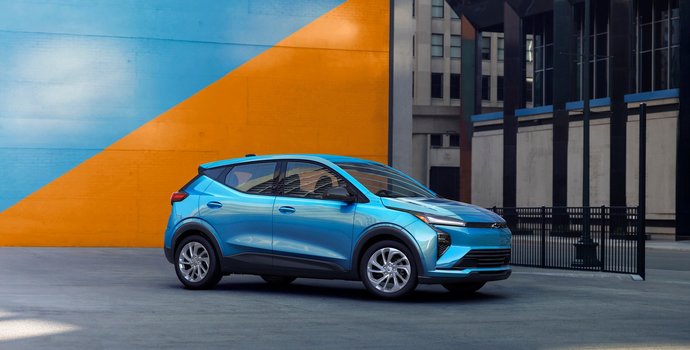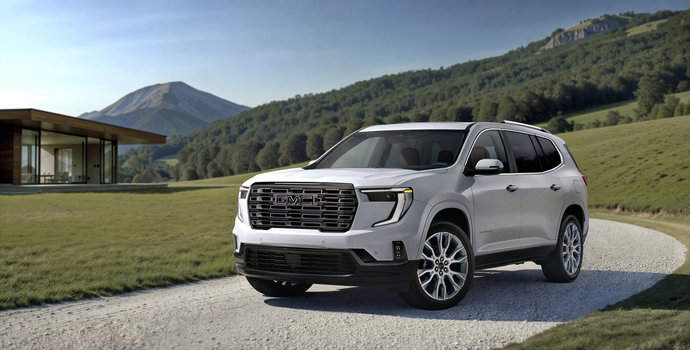The 2027 Chevrolet Bolt returns with a full redesign, bringing back the affordable electric driving that made its predecessor popular. With updated technology, faster charging, and improved interior features, this new Bolt addresses many requests from previous owners while maintaining its practical, budget-friendly approach to electric vehicles.
For drivers in Ontario researching their next EV, the redesigned Bolt offers clear answers to common questions about range, charging infrastructure, and daily usability. This guide covers the essential details you need to make an informed decision.
At a Glance: 2027 Chevrolet Bolt Key Specifications
|
Category
|
Specification
|
|
GM-Estimated Range
|
Up to 410 km on a full charge
|
|
Motor Power
|
210 hp, 169 lb-ft torque
|
|
DC Fast Charging
|
150 kW capable, 10% to 80% in 26 minutes
|
|
AC Home Charging
|
11.5 kW capable (approximately 64 km per hour at 240V)
|
|
Charging Port
|
Native NACS (first Chevrolet with this feature)
|
|
Infotainment Screen
|
11.3-inch diagonal
|
|
Driver Information Screen
|
11-inch diagonal
|
|
Battery
|
65 kWh Lithium Iron Phosphate
|
|
Available Trims
|
LT, RS
|
|
Starting Price (LT)
|
$43,470 ($39,999 MSRP)
|
|
Expected Arrival
|
First quarter of 2026
|
How Far Can the 2027 Bolt Go on a Single Charge?
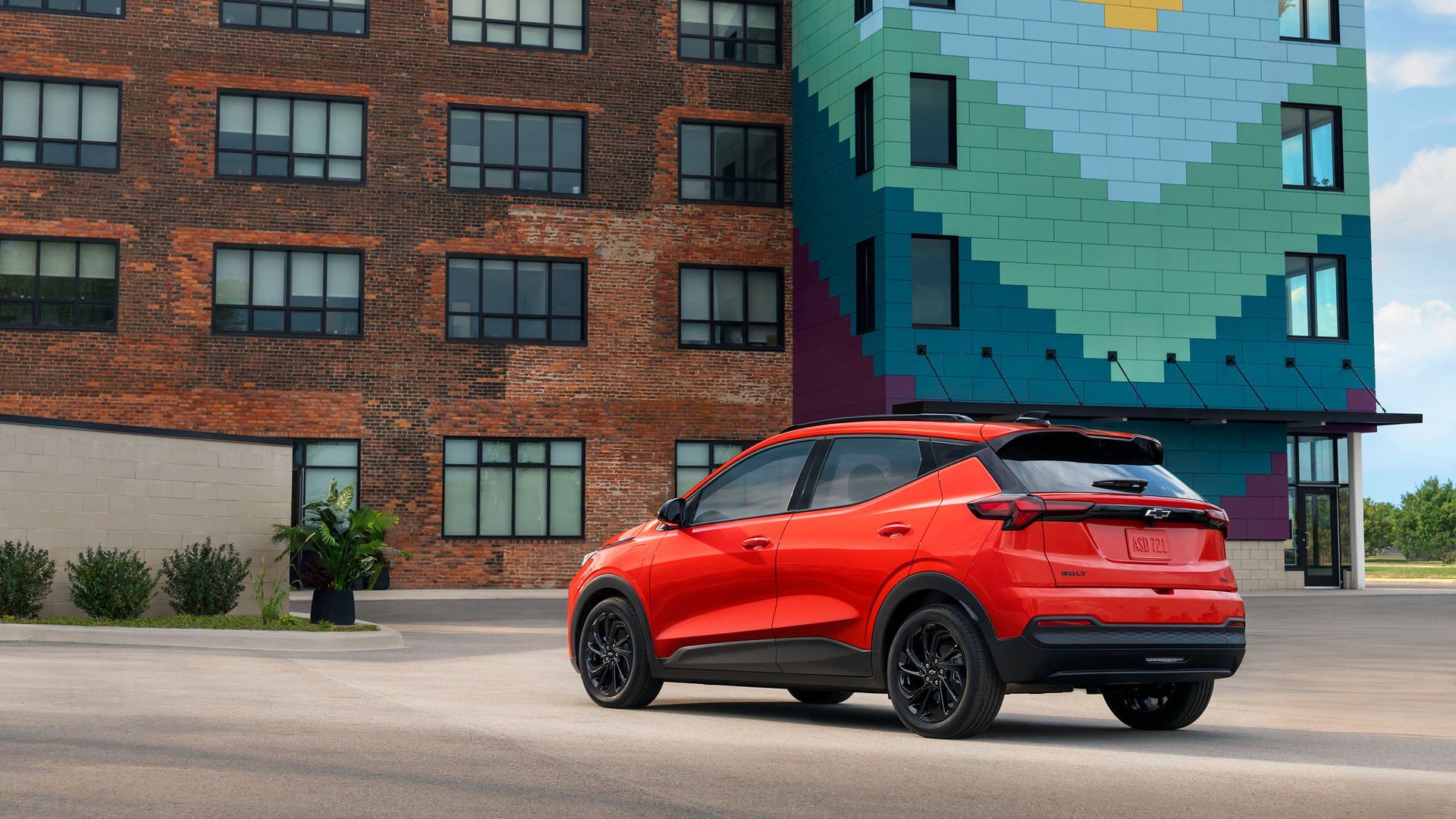
The 2027 Bolt will deliver a GM-estimated range of up to 410 km on a full charge. This estimate is based on development testing consistent with SAE J1634 revision 2017 standards, though actual range will vary depending on factors like temperature, terrain, battery age, loading, and driving habits.
For context, the average Canadian drives approximately 50 km per day according to Natural Resources Canada. This means the Bolt can handle most weekly driving needs without requiring a charge between trips. The 410 km range also makes longer weekend drives feasible without needing to plan around charging stops.
The Bolt uses a 65 kWh Lithium Iron Phosphate battery paired with a single permanent-magnet motor that produces 210 hp and 169 lb-ft of torque. The X76 electric drive unit was designed in-house at GM and uses minimal rare-earth materials while incorporating segmented magnets to reduce heat buildup and energy loss.
How Fast Does the 2027 Bolt Charge?
Charging speed depends on the power source you're using. The 2027 Bolt supports three charging methods:
Standard 120V Outlet: Approximately 6 km of range per hour of charge. This works for overnight charging if you drive minimal distances daily, but it's the slowest option.
240V Home Charging (7.7 kW with Dual-Level Charge Cord): Approximately 42 km of range per hour of charge. This is suitable for most home charging needs.
240V Home Charging (11.5 kW with professionally installed station): Approximately 64 km of range per hour of charge. This requires a dedicated 60-amp charge station installed by a professional.
DC Fast Charging (Public): With DC fast charging up to 150 kW, the Bolt can charge from 10% to 80% in 26 minutes. This is 2.5 times faster than the previous Bolt model.
According to Natural Resources Canada and Clean Energy Canada reports, over 80% of Canadian EV drivers charge at home. With the Bolt's range and charging flexibility, most drivers in Toronto will find home charging sufficient for their daily needs.
What Makes the NACS Charging Port Important?
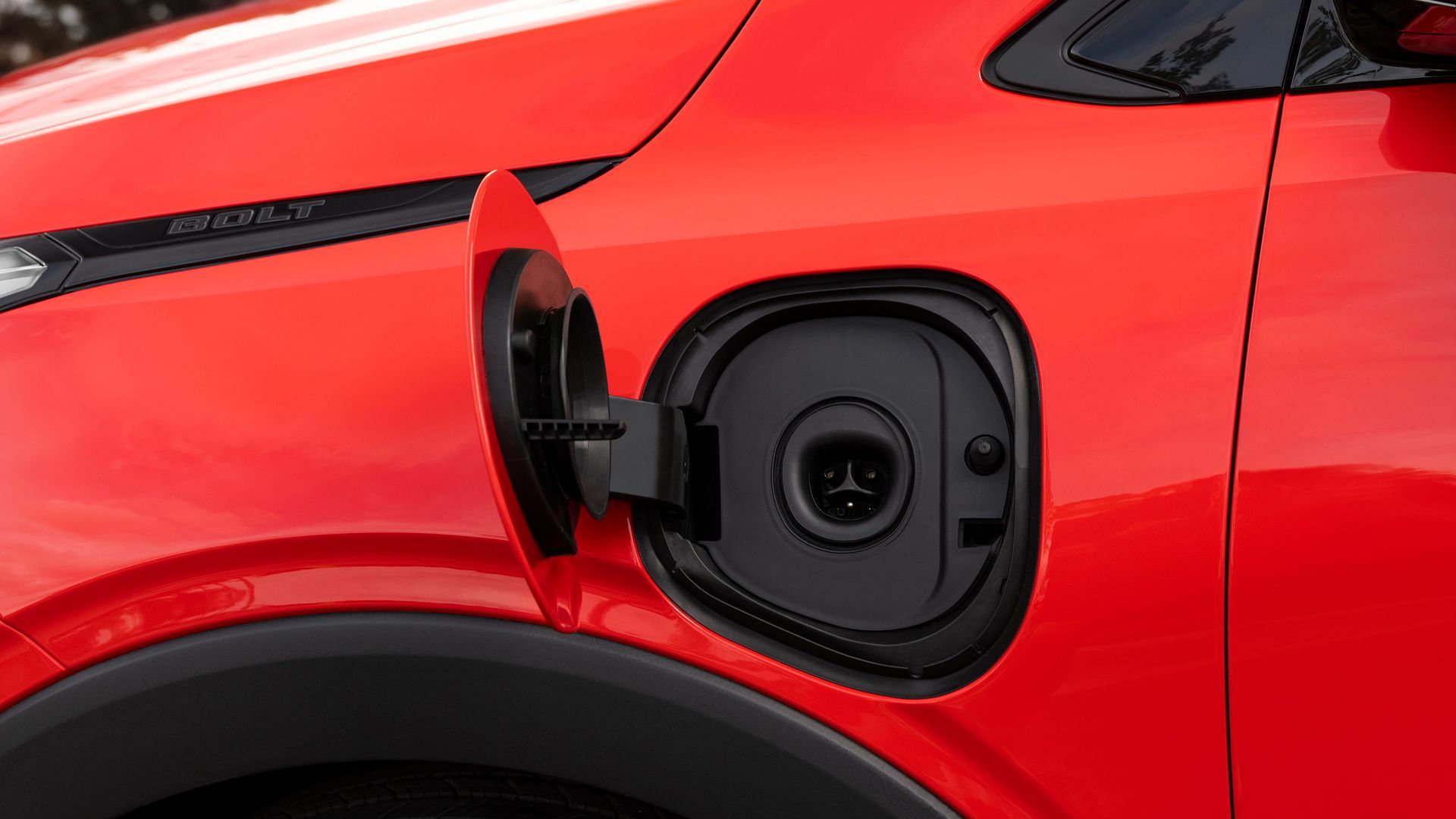
The 2027 Bolt is Chevrolet's first vehicle to feature a native NACS (North American Charging Standard) charging port. This gives drivers access to an expanding public charging network, including Tesla Supercharger stations that use the NACS standard.
The NACS port simplifies the charging experience by eliminating the need for adapters at many public charging stations. As more networks adopt this standard, Bolt drivers will have more charging options available during longer trips or when away from home charging.
The combination of NACS compatibility and 150 kW DC fast charging capability means you'll spend less time waiting at public chargers compared to previous electric vehicles in this price range.
What Technology Features Are Included?
The 2027 Bolt comes equipped with Google built-in, integrating navigation, entertainment apps, and vehicle systems through a large 11.3-inch diagonal infotainment screen. The driver information screen measures 11-inch diagonal, providing clear visibility of vehicle data.
Google Maps integration automatically factors in battery range when calculating routes. On longer drives, the system recommends charging stops based on real-time station availability and your driving style. When DC fast charging is available along your route, automatic battery preconditioning warms the battery for optimal charging performance.
The dashboard balances physical and virtual controls, keeping frequently-used features like climate control and audio volume immediately accessible without navigating through menus.
Standard features include:
- Heated front seats and heated steering wheel
- Multiple USB-C ports
- Open storage spaces below the instrument panel and between front seats
- Available ventilated front seats
- Available wireless phone charging
- Available panoramic sunroof
What Safety and Driver Assistance Features Are Standard?
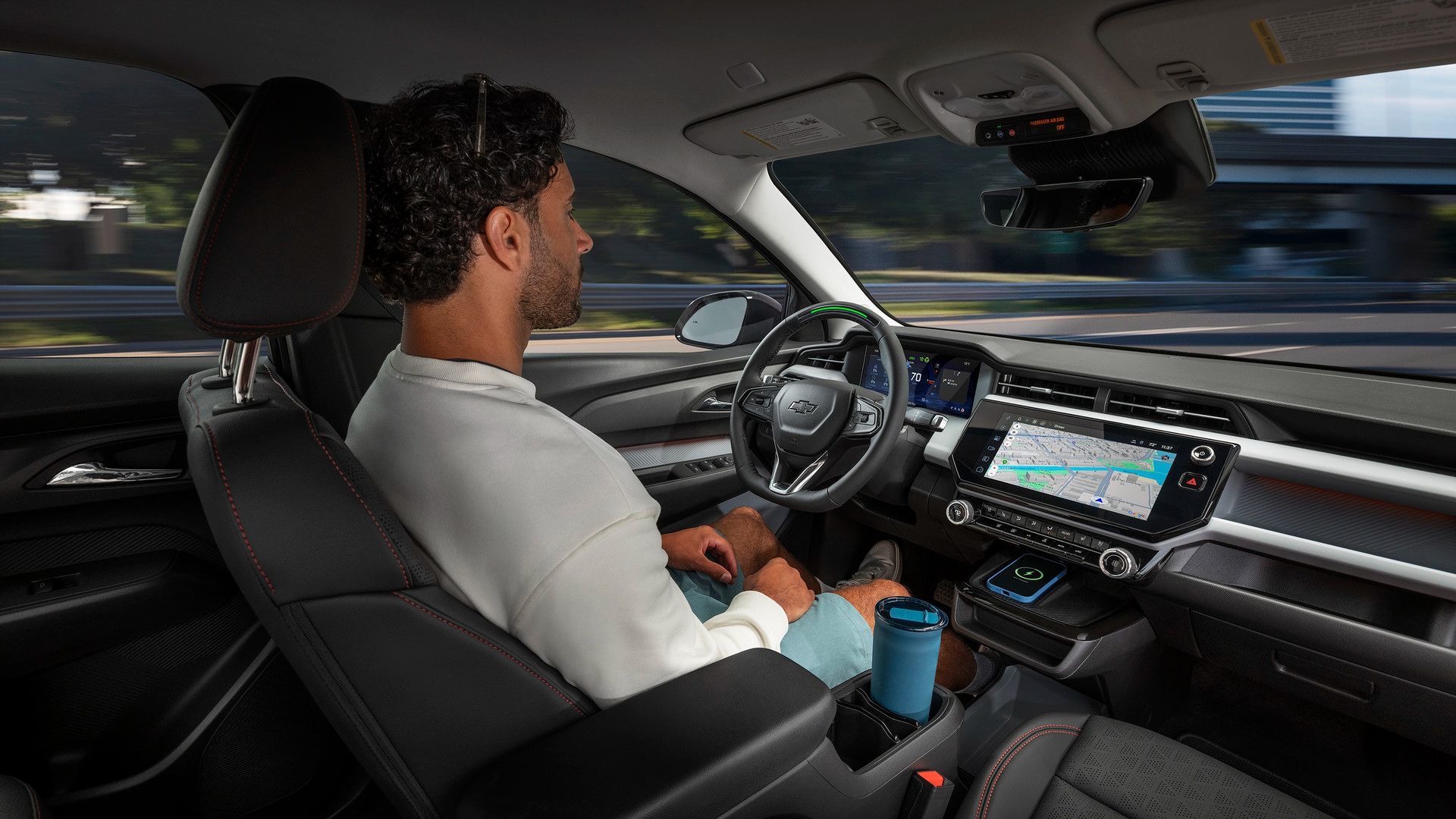
The 2027 Bolt includes more than 20 standard safety and driver assistance features. These include:
- Intersection Collision Mitigation
- Rear Automatic Braking
- Rear Cross Traffic Alert with Braking
- Four-wheel disc brakes with ABS
- Electro-hydraulic partially regenerative braking system
Available features include Super Cruise driver assistance technology, which offers hands-free driving on compatible highways. The system has been expanded to cover more kilometres than previous versions.
How Does Regenerative Braking Work on the Bolt?
The Bolt uses a blended regenerative braking system that prioritizes returning braking energy back to the battery. This happens automatically whether or not you engage One-Pedal Driving mode.
The system has been optimized to provide consistent pedal feel during both regenerative braking and traditional friction braking. This addresses feedback from previous Bolt owners who noted inconsistencies in braking feel.
In One-Pedal Driving mode, the vehicle slows significantly when you lift off the accelerator, reducing how often you need to use the brake pedal in typical driving conditions.
What Are the Differences Between LT and RS Trims?
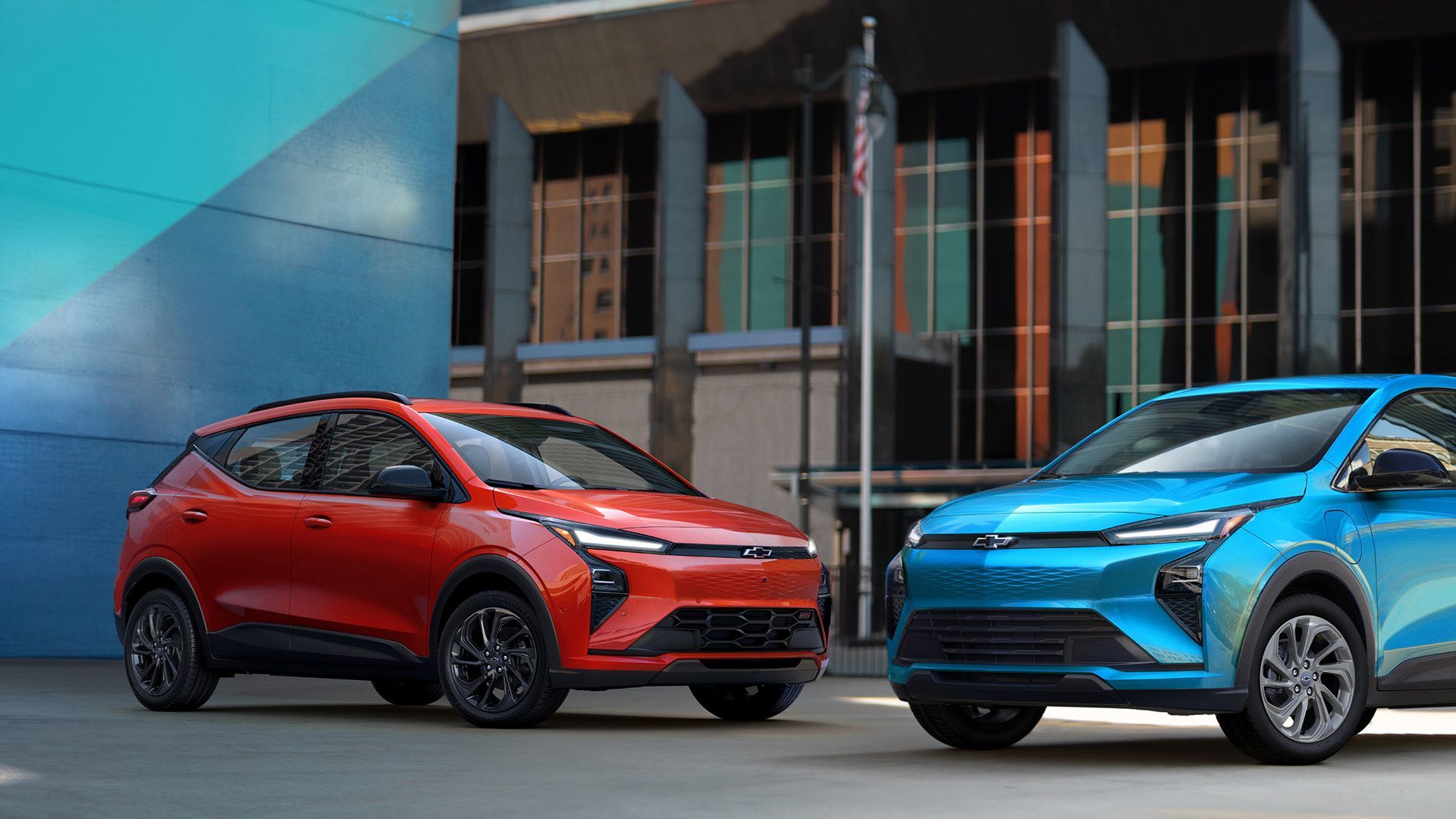
The 2027 Bolt will be available in two trims when it arrives in the first quarter of 2026:
Bolt LT starts at $43,470 ($39,999 MSRP). This base trim includes all standard features like heated seats, heated steering wheel, Google built-in infotainment, and the complete suite of safety technologies. The LT is designed as an affordable entry point into electric driving without sacrificing essential features.
Bolt RS starts at $46,070 ($42,599 MSRP). The RS trim adds a sportier appearance and additional features beyond the LT's equipment. Specific RS-exclusive features will be detailed closer to the vehicle's arrival date.
Both trims share the same powertrain, range, and charging capabilities. The choice between them comes down to styling preferences and desired feature content.
How Much Interior and Cargo Space Does the Bolt Offer?
Interior dimensions for the 2027 Bolt include:
- Front headroom: 1,016 mm without sunroof, 992 mm with sunroof
- Rear headroom: 960 mm (same with or without sunroof)
- Front legroom: 1,124 mm maximum
- Rear legroom: 993 mm
- Front shoulder room: 1,387 mm
- Rear shoulder room: 1,320 mm
The redesigned interior features a new column shifter that creates more space between the front seats. This open console design provides easier access to storage areas and improves the overall sense of spaciousness.
Storage solutions include open grab-and-go spaces below the instrument panel and between the seats, along with a new passenger dash storage area. The available panoramic sunroof adds natural light to enhance the airy feeling inside the cabin.
What About Winter Driving in Ontario?
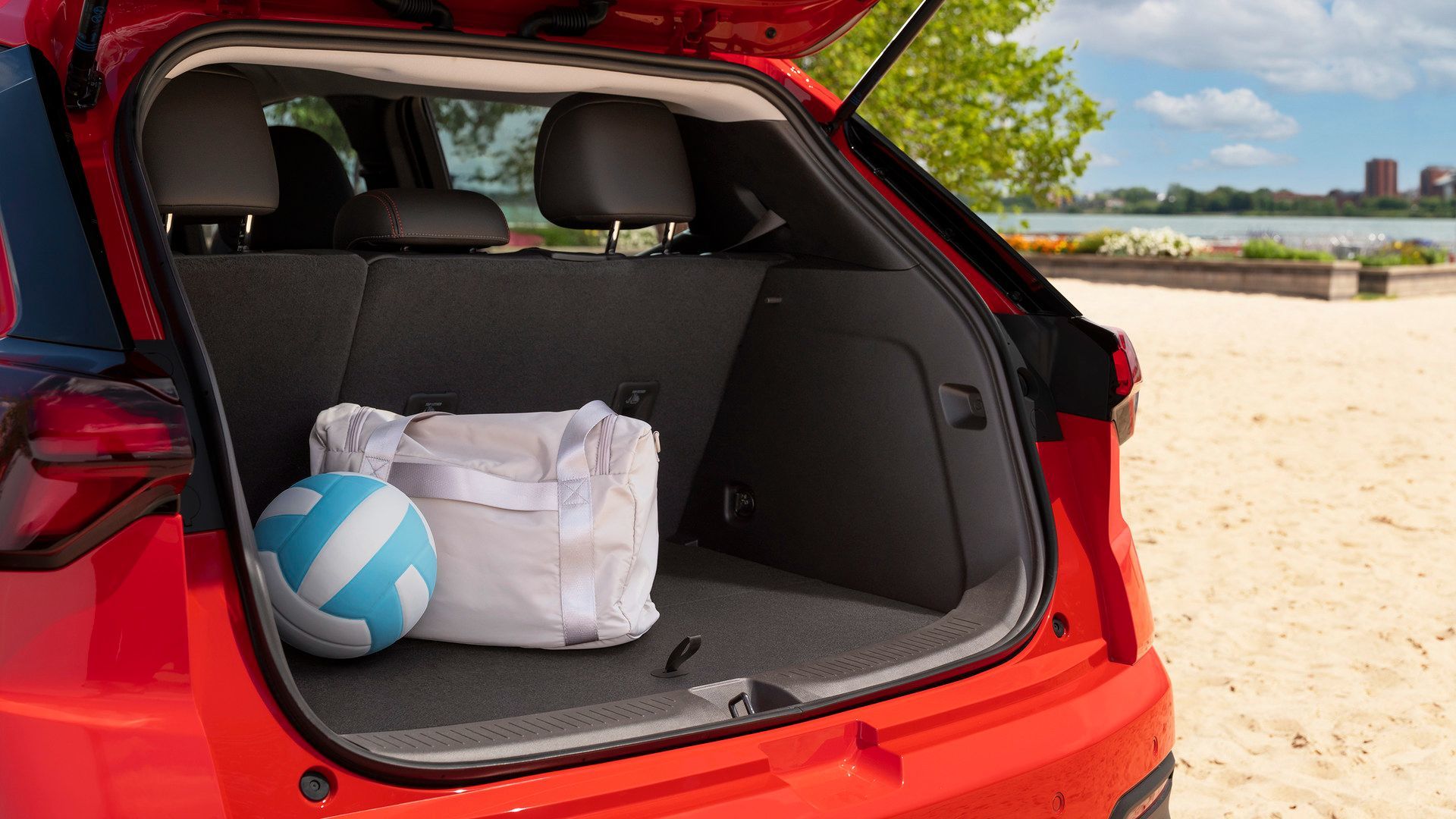
The 2027 Bolt includes several features designed for Canadian winters. Standard heated seats and a heated steering wheel provide comfort on cold mornings. The GM Energy Recovery system uses a heat pump for active cabin and battery heating and cooling, which helps maintain efficiency in cold weather.
The battery's Lithium Iron Phosphate chemistry is known for thermal stability, and the vehicle's battery management system includes active heating and cooling to maintain optimal operating temperatures.
Like all electric vehicles, the Bolt's range will be reduced in very cold temperatures. Battery preconditioning while plugged in before departure can help minimize this effect. The vehicle comes equipped with Michelin 215/50R17 all-season tires on 17-inch aluminum wheels.
Which Model is Right for You?
The 2027 Chevrolet Bolt makes sense for drivers who:
- Drive primarily within 200 km of home, with occasional longer trips
- Have access to home charging (garage or dedicated parking spot)
- Want an affordable electric vehicle with modern technology
- Value practical features over luxury appointments
- Need a compact vehicle for city and suburban driving
The LT trim provides all essential features at the lowest price point, making it suitable for budget-conscious buyers. The RS trim offers additional style and features for those willing to pay the premium.
With an expected arrival in the first quarter of 2026, the Bolt will join the Chevrolet Equinox EV in providing affordable electric options for Canadian drivers.
Experience the 2027 Chevrolet Bolt at City Buick Chevrolet GMC
The redesigned 2027 Chevrolet Bolt will arrive at dealerships in early 2026, bringing back the practical electric driving experience that made the original Bolt popular across Ontario. Book your test drive today at our Toronto dealership to experience Chevrolet's expanding EV lineup.

